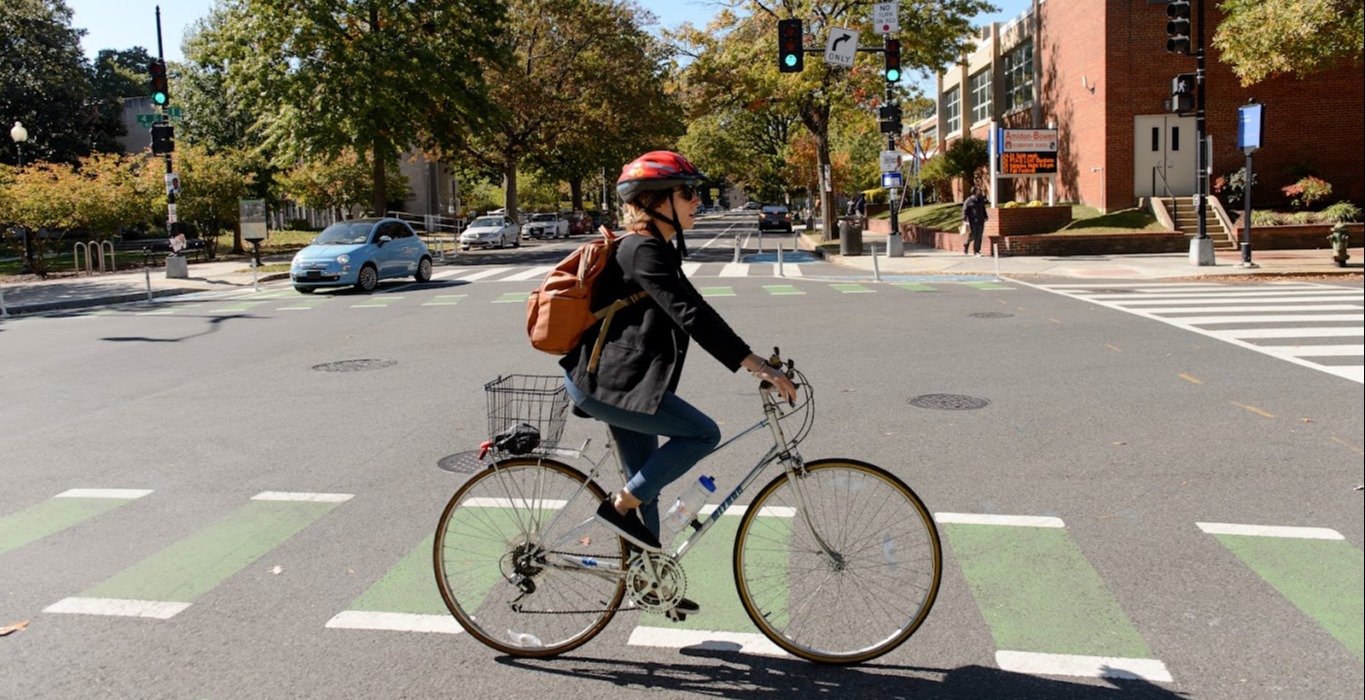Our nation's capital boasts a number of sustainable transportation options including public transit and active modes like biking, walking, and scooting. This makes it easy to get around, no matter the mode you choose. In fact, Washington, DC ranks the 4th most transit-friendly city, 7th most walkable city, and 9th most bike-friendly city in the U.S.!
Why does walkability matter to your residential property? It relates to location, which is the #1 consideration among residents in choosing where to live. Is your property in a conveniently located neighborhood? Walkable neighborhoods with access to public transit and close proximity to other people and businesses are the key to happier, healthier, and more sustainable residents.
Walkability Benefits
- Health: Just 30 minutes of walking per day can reduce the risk of heart disease, high blood pressure, obesity, diabetes, and depression. On average, residents of walkable neighborhoods weigh 6-10 pounds less than someone who lives in a sprawling neighborhood. Walking, especially with easy access to public transit and amenities, can reduce stress and increase happiness.
- Environment: Walking is emissions-free and doesn’t produce any greenhouse gases or pollutants. In comparison, the average car commuter in the DC region drives 34 miles and emits 22 pounds of CO2 daily. Walkability can help eliminate the need for residents to drive or own a car.
- Finances: Walking can heavily reduce transportation costs, especially if it replaces driving a car. Cars are the second largest household expense in the U.S. While the average annual cost of maintaining and operating a car is $8,220, getting around by foot is absolutely free. There's financial perks in being a walkable property, too! One point of Walk Score is worth up to $3,250 of value for your property.
- Community: Walking isn’t just free, it’s good for business. DC’s most successful commercial streets have the highest numbers of people walking on them. Walking helps residents get familiar with the neighborhood and increases the likelihood of meeting neighbors and hence, building community. Walkability is also associated with higher levels of arts organizations, creativity, and civic engagement.
Understand Your Score
To promote walkable neighborhoods, Walk Score developed a methodology to calculate walk scores, transit scores, and bike scores for respective cities and neighborhoods across the U.S.
- Walk Score: Walk Score measures the walkability of any address using a patented system. For each address, Walk Score analyzes hundreds of walking routes to nearby amenities. Points are awarded based on the distance to amenities in each category.
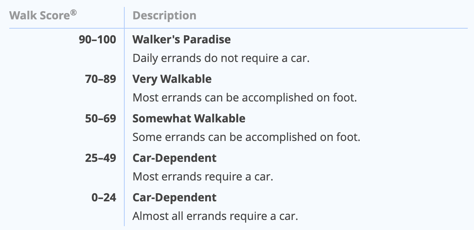
- Transit Score: Transit Score is a patented measure of how well a location is served by public transit. Transit Score is based on data released in a standard format by public transit agencies. To calculate a Transit Score, a "usefulness" value is assigned to nearby transit routes based on the frequency, type of route (rail, bus, etc.), and distance to the nearest stop on the route.
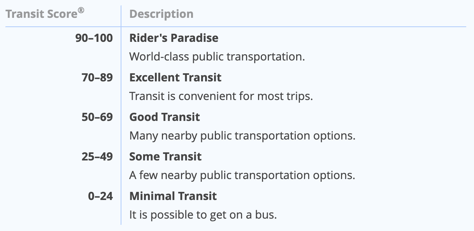
- Bike Score: Bike Score measures whether a location is good for biking and is calculated by measuring bike infrastructure (lanes, trails, etc.), hills, destinations and road connectivity, and the number of bike commuters.
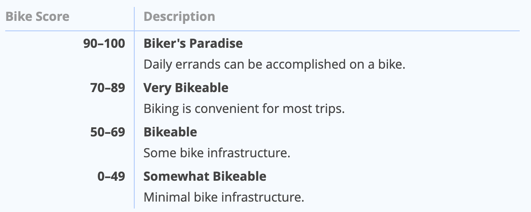
Promoting Your Property
Find out your neighborhood Walk Score using the apartment search engine, which also provides commute times. Do you have a high score? Promote your property's walkability to attract and retain residents! You can highlight your score in email and social media communications, and/or post it on your website like Lex & Leo at Waterfront Station and The Gantry. goDCgo can also help you promote your location with complimentary, custom Get Around Guides that map out your nearby transportation options. Contact Casey Auch to request custom guides that include your neighborhood walk score!


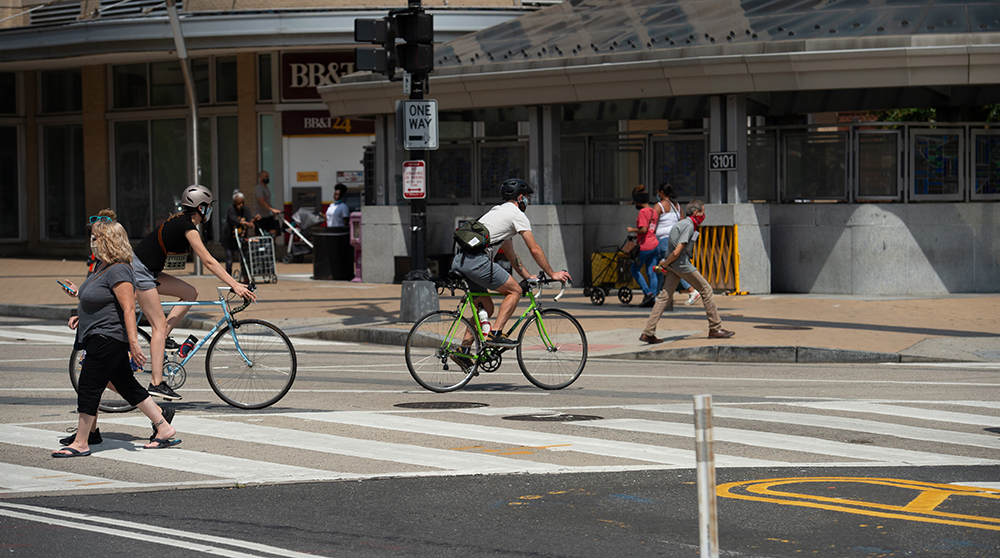


.jpg)
